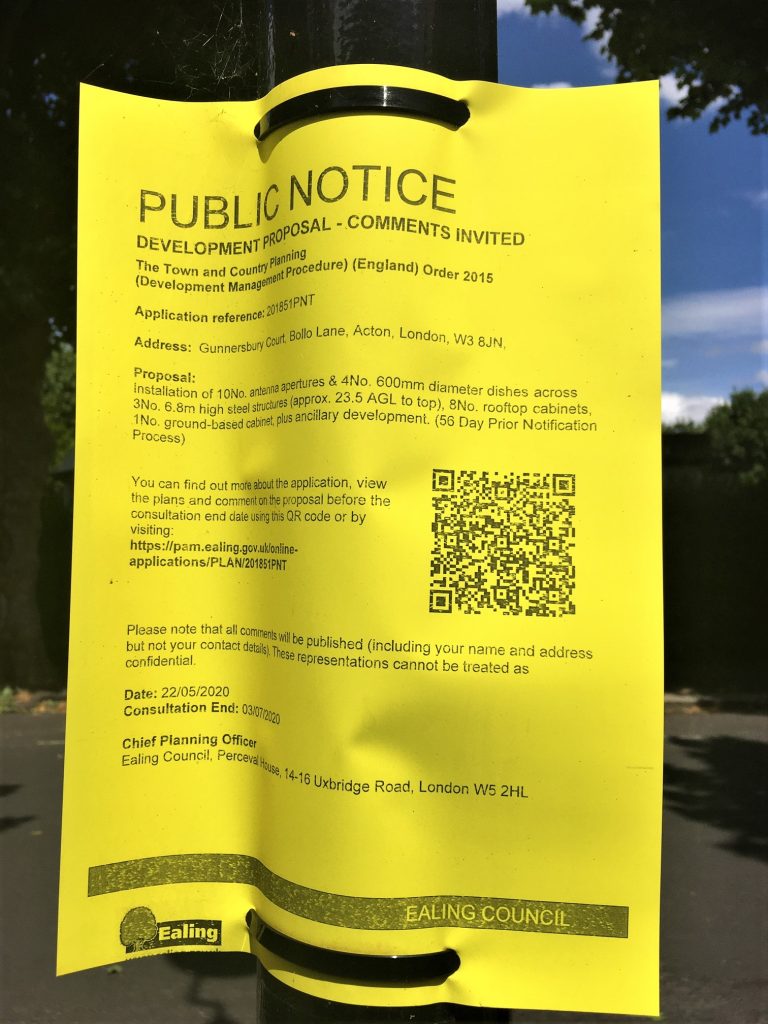Planning
Planning
We aim to improve amenities, preserve and protective the environment, and conserve buildings for their architectural and historical interest.
To support our goals, we monitor and review Mill Hill Park Conservation Area planning applications. We also review planning applications for developments outside the Conservation Area which would, in our view, have a significant impact on the town centre or on our local area.
Our policy on commenting on planning applications

Commenting on Planning Applications: MHPRA Policy sets out when we do and don’t comment on planning applications in our area. It includes details of the guidelines we follow and the criteria we use when deciding whether to comment on a planning application. To illustrate our approach, we have included examples of planning applications that we have commented on.
Valid grounds for objecting to a planning application
To help our members submit relevant and informed comments, we have drawn up a list of valid grounds for objecting to a planning application.
Mill Hill Park Conservation Area – The Generic Management Plan
The Generic Management Plan, published by Ealing Council in 2023, provides guidance, through policy statements, to help property owners in conservation areas submit planning applications.
Management plans for each conservation area have been rolled into a single document in this Plan. The document contains general conservation principles that apply to all conservation areas, supplemented by additional specific design guidance for individual conservation areas, where needed
.Development: Inappropriate and non-permitted items
Some types of development are defined as unsuited to the Mill Hill Park Conservation Area. The Council has enforcement powers which it has used on at least one occasion recently to demolish or reverse such attempted developments.
These may include: Replacement of boundaries by unsympathetic gates and brick and metal enclosures; the conversion of green space to hardstanding; unsuitable window and door replacements that affect the parts of houses fronting a highway; use of non-traditional, non-renewable materials e.g. PVC-U; non-matching tiles or slates; removal of chimneys; the poor management of brickwork and the pointing of walls; unsightly and over-scale rear, side or roof extensions – all detrimental to the historic environment; shop fronts and any commercial signage; satellite dishes – only acceptable when they cannot easily be seen from the public domain.
Do I need permission?
To find out if you need planning permission you can use the Planning Portal’s interactive house guide. Check the information about planning and building control on Ealing Council’s website. You may also wish to seek professional advice from a planning agent or architect.
Trees
Privately owned trees may be protected because they are in a conservation area or because they are subject to a tree preservation order (TPO). Residents may need planning consent for the lopping or felling of trees on their properties, whether they are visible or not from the public space (usually the road). Planning consent is always needed if a tree is subject to a TPO. The Council may impose a penalty if a tree is unlawfully lopped or felled.
Ealing Council’s website provides comprehensive information on protected trees, TPOs and planning applications relating to trees. The Arboricultural Association provides a list of reputable tree surgeons and consultants.
Attractive design and upgrading
This presentation by Nigel Middlemiss, founder member of the Conservation Area Advisory Panel, highlights attractive examples of conservation-minded design and upgrading within the Mill Hill Park area.